

| ▲ Workshop |
I fancied a hot-air pencil for soldering surface-mount components, so decided to have a bash at making one. They are available on EBay for as little as $50 (e.g. those made by Atten), but where's the fun in that.... Besides, I had read that some models produced sufficient air to actually blow small components around while soldering - with my home-made version, I can reduce the air flow to whatever I like.
Basic construction: a length of fused silica tubing (borosilicate glass would probably do as well), 4mm ID x 6mm OD, with a spiral nichrome wire heating element wound up the middle of it. The end blocks which hold the silica tubing and the ends of the wire heating element are turned from ½" aluminium and provide a means of connecting an air supply. Everything is mounted on a piece of 6mm cement fiberboard as a heat- and electrically-insulating support. Here's a rough CAD drawing of the assembly.
Note that the ends of the heating element wire are held internally by the central 8BA screw in the end blocks. This avoids the need for sealing around the hot wire if it was led outside to a separate screw terminal.
I cooked up a handle and wire protective cage to prevent the tube getting broken, but none of the dimensions are very critical. Photos follow below.
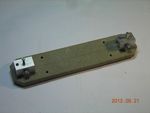 |
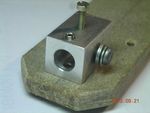 |
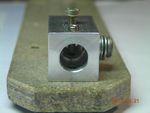 |
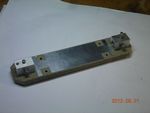 |
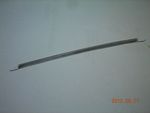 |
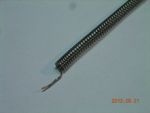 |
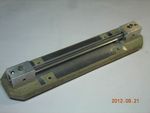 |
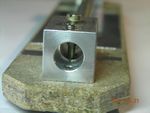 |
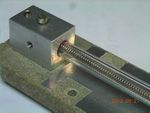 |
 |
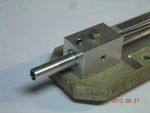 |
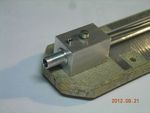 |
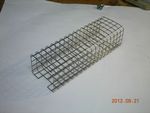 |
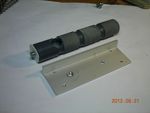 |
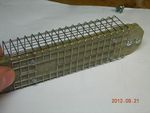 |
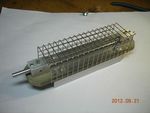 |
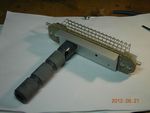 |
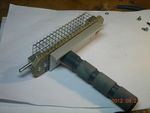 |
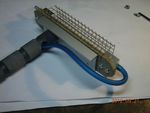 |
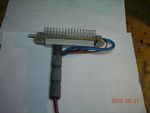 |
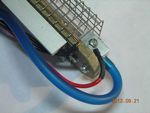 |
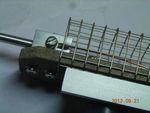 |
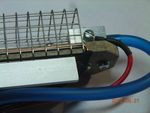 |
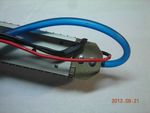 |
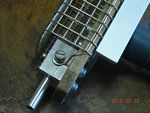 |
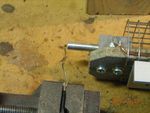 |
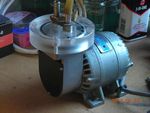 |
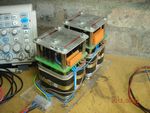 |
Power was obtained from two 30V DC supplies in series, driven from a Variac. Air is from a little diaphragm pump, with a 2L soda bottle as a resevoir to smooth out fluctuations from the pumping. This gave a flowrate of about 10 cubic feet per hour, or around 5 liters per minute, about what you get from commercial air pencils.
Here's a couple of graphs showing the exit temperature and efficiency (calculated from electrical power input, air density, specific heat capacity etc.) It can easily reach over 400°C, but things start getting a little bit toasty at that point. Around 300°C is good for working with lead-based solder, and I was able to remove and re-solder surface mount resistors, capacitors, and small ICs quite easily. I found it much harder to melt lead-free solder, despite using a higher air temperature, but the board I was practicing on had a lot of copper pour areas which drew the heat away, so maybe that was the reason.
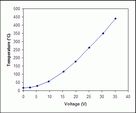 |
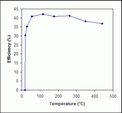 |
A useful little tool!
| ▲ Workshop |